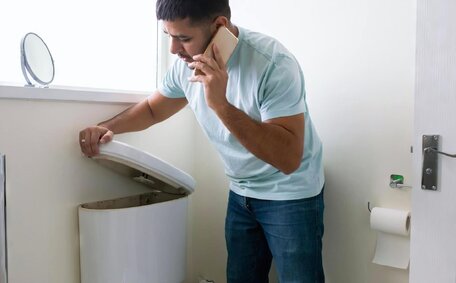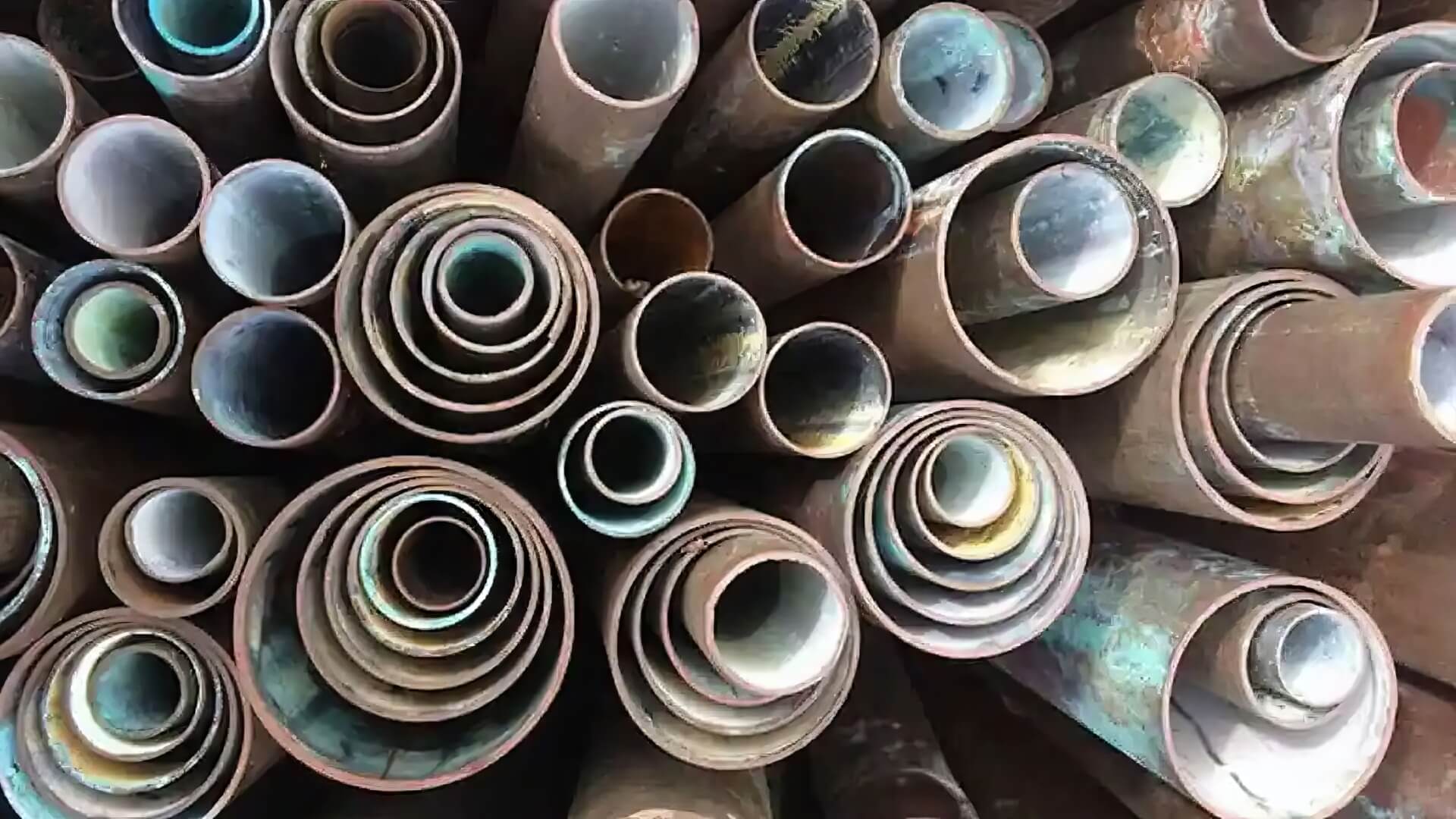
10 Signs Your Hot Water Heater Will Fail
If your water heater is old, leaking, rusty, noisy, not heating water properly or has low pressure, it could fail soon. Get your hot water system inspected today.
Read MoreKnowing the location of your gas meter is imperative for quickly shutting off your gas supply in emergencies. Gas meters are typically installed within a meter box situated outside your home.
Keep the area around your gas meter clear and familiarise yourself with the shut-off procedure to ensure quick accessibility for maintenance or emergencies.
Upon moving into a new dwelling, promptly locate your meter and the associated valve within the meter box. All household members should know its location and how to turn off the gas in an emergency. If you ever smell gas or suspect a leak, Knowing when to turn off the gas at the meter box can prevent accidents.
Typical gas meter locations to inspect entail:
Your gas meter will typically feature shut-off valves, like a tap or lever handle, within a locked meter box. Keep the key accessible to quickly reach the valve in emergencies. If you can’t find your gas meter and gas flow ceases, contact your energy provider or your gas company for support.
Gas shutoff valves, generally positioned at the gas meter outside your home, manually halt your property’s gas supply. Familiarity with your appliance’s shutoff feature is crucial for immediate deactivation in a gas leak situation.
Cutting off your property’s gas supply involves two primary types of valves:
Make sure all residents know how your valve looks, how to shut off home appliances, and how to extinguish pilot lights during a gas emergency. Check your shutoff valve at least yearly to ensure it’s functioning properly and can get the gas supply off when needed. Contact a registered gas fitter if uncertainty arises about when to deactivate the gas supply.
Quick access to turn off the gas supply can be a lifesaver in a gas emergency.
There are a few key times when it is crucial to turn off your gas supply:
In an emergency, it’s vital to act swiftly and never hesitate to cut gas supply your property completely.
Conduct regular inspections to check that your gas appliances and pipes are in good condition. Addressing minor gas issues early on improves home safety.
If you need to turn off your gas due to safety concerns or for maintenance, contact a licensed gas fitter. Do not take risks when it comes to gas leaks or malfunctioning equipment.
Follow these safety steps to turn your gas off:
If ever unsure about accessing your gas shutoff, contact your gas supplier or licenced technician. Do not take risks with gas leaks or malfunctioning equipment.
Make sure turn off procedures for LPG gas cylinders follow a different process than shutting off a natural gas meter, for proper management of your gas cylinder supply. LPG systems harness refillable containers in lieu of a traditional supply pipe network.
Follow these safety steps when ensuring your LPG gas can is turned off:
Tightly closing LPG cylinder valves is crucial to prevent leaks. Take care when handling cylinders as valve or hose damage can cause dangerous accidents.
Ensure you know how turn off all appliances before reopening LPG cylinders. Check for leaks using leak detection fluid and relight pilots according to manufacturer guidance.
After shutting off the gas, methodically restore the gas supply to your appliances and relight them. Initially, verify that all gas leak concerns are rectified, affirming it’s safe before reinstating the supply. Reverse the shut off steps by turning the gas valve counter-clockwise to the on position.
Consult your owner’s manuals for relighting procedures proper to all other appliances.
Gas appliances with pilot lights, like hot water systems, dryers, ovens, and grills, will require reigniting after gas service reinstatement. For your hot water system or other heating devices, locate the pilot light, press and hold the reset button, and bring a lit match or lighter close to the pilot opening. Once the pilot is lit, continue to hold the reset button for 30-60 seconds before releasing to prevent the flame from going out.
If issues relighting pilots or burners, call a licenced professional for assistance. Finally, check all connections for leaks using leak detection spray or fluid once gas is restored.
Do not attempt to tamper with gas components yourself. Watch for bubbles which indicate escaping gas.
When restoring your gas service after it has been shut off, safety should be your top priority. Use these safety guidelines when turning your gas back on:
Restoring gas flow presents risks if not done properly. Take your time and prioritise safety checks. Call professionals for assistance if ever unsure about safely reinstating gas to your home.
Identifying signs of a gas leak is essential for safety. Common indicators that may signal a leak include:
If you detect any of these signs, take immediate action, ensuring there no unnecessary delay in safety measures. Shut off the gas at the main valve, evacuate the area, and call emergency services from a safe location. Catching minor gas leaks early can prevent deadly explosions and accidents.
There are certain gas leak and plumbing situations where expert help is critical.
If you smell gas or suspect any kind of leak, immediately turn off the gas supply and call emergency services immediately. Likewise, if you have uncontrollable gas appliance issues, hear strange noises from your gas line, or have trouble accessing your shutoff, call professionals immediately.
Mortdale Plumbing’s licensed technicians are available 24/7 for any gas or plumbing emergency. We have the skills and equipment to thoroughly inspect your systems, pinpoint issues, and make needed repairs. trust us to get your gas running safely again.
For routine services, visit our website or contact Mortdale Plumbing for annual inspections and maintenance of gas lines, appliances, pilots, or other components. Regular maintenance reduces the risk of leaks and enhances safety. We also handle all installations and renovations such as adding new gas elements to your home.
Contact our team now for service details, to book an appointment, or to obtain a quote:
Call us at 1300 349 338 or email jobs@mortdaleplumbingservices.com.au.
If your water heater is old, leaking, rusty, noisy, not heating water properly or has low pressure, it could fail soon. Get your hot water system inspected today.
Read MoreIf you have plumbing fixtures that are over 10 years old or showing signs of wear like leaks and cracks, it’s important to replace them to prevent more costly water damage in the future. Replacing worn fixtures improves water efficiency.
Read MorePipe relining is a trenchless method that renews pipes from the inside out. It involves draining, drying and scrubbing the pipe interiors before applying materials like silicone, PMMA or epoxy resins to create a resilient, soft, temporary liner inside the existing pipes.
Read MoreMortdale, 2223 NSW
We will call back as soon as possible.




